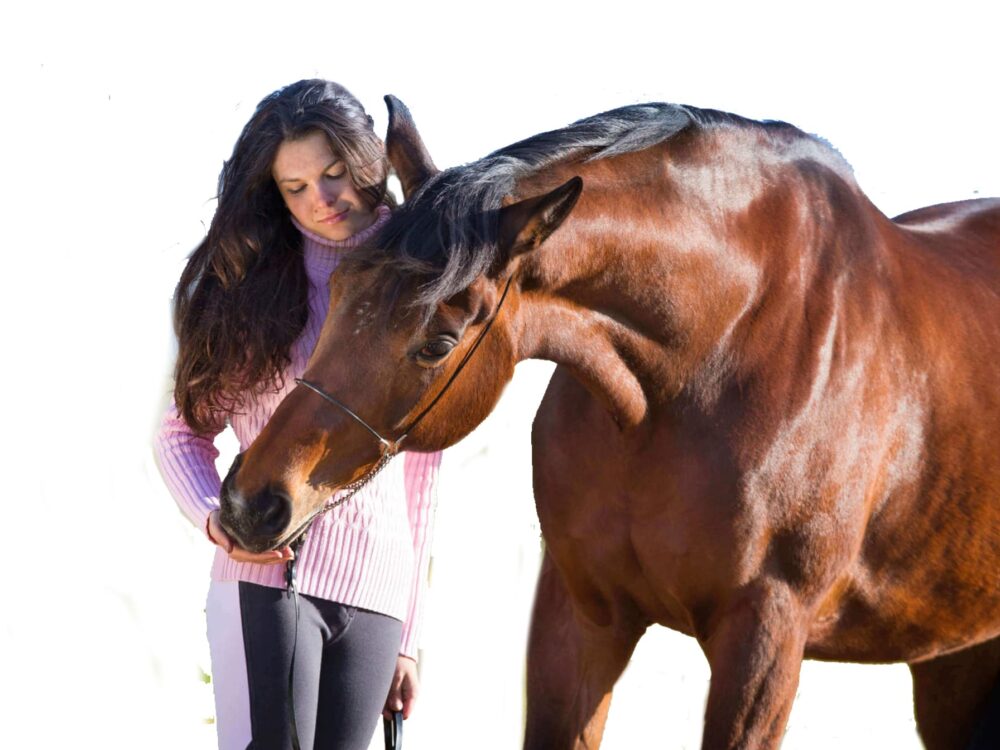
Do food rewards always lead to biting behaviour?
How to stop a biting behaviour?
DO FOOD REWARDS LEAD TO BITING BEHAVIOUR?
Horses naturally use their mouths for exploring their environment and looking for attention. Whether biting is for play or aggression, in the herd environment, if the aggressive horse can’t play nicely, they will quickly become an outcast.
As Monty Roberts says: “No blade of grass ever ran from a horse”.
This one line from Monty Roberts is very important when distinguishing a horse’s nature from a companion animal such as a dog. Dogs are animals that stalk their food, whereas a horse is a prey animal and naturally grazes for food without hunting.
By offering a food reward to your horse from your hand or pockets, it can lead to the next step of entitlement from the horse with demanding food when given the opportunity in the form of biting or nipping.
The biting/nipping habit can continue when triggered and reinforced multiple times when food is used as a reward.
DO FOOD REWARDS ALWAYS LEAD TO BITING BEHAVIOUR?
As with all aspects of horse care and nutrition, what works for one horse, may not work for another.
Some of the best trainers in the world use food as a reward with great success. This demonstrates that food as a reward requires experience and expertise. The ability to identify when something is not working, and be quick to change it. Particularly if the horse is aggressive around feeding time.
Food rewards can be beneficial in the following circumstances;
- To help ignite a horse’s interest in their work.
- Gradually reducing the food rewards can help preserve good behaviour.
- Using food rewards randomly and not routinely.
HOW TO STOP A BITING BEHAVIOUR?
To unlearn this habit, one of the best horseman in the world Monty Roberts has this advice:
“When the horse reaches to bite you, look straight ahead and tap him lightly on the shin of his leg with your foot. Do NOT create pain, just surprise. You want him to associate his effort to bite with a distracting tap on his shin. No fights.
Horses are associative thinkers. And, associating the thought of biting with another part of his body, namely his front leg, is a form of behaviour habituation or modification. The trick is to be quick so he will associate the tap with the effort to bite.
Sometimes I will deliver a quick rub on the coronet band with my boot. Either works, especially if it seems unrelated to your actions. I just look ahead and act as if nothing happened.
It only takes about six or eight times and you will see the horse begin to bite, hesitate and look down at his leg. It’s pretty cute, actually, to watch their brains work.”
Please contact us if you would like us to help balance the nutrient profile of your horse’s diet.
Written by Bryan Meggitt (BMedSc. PGCrtMedSc.)
Biochemist / Senior Scientist and Co-founder of CEN Horse Nutrition
Bryan is passionate about improving equine health through nutrition according to science & nature.

